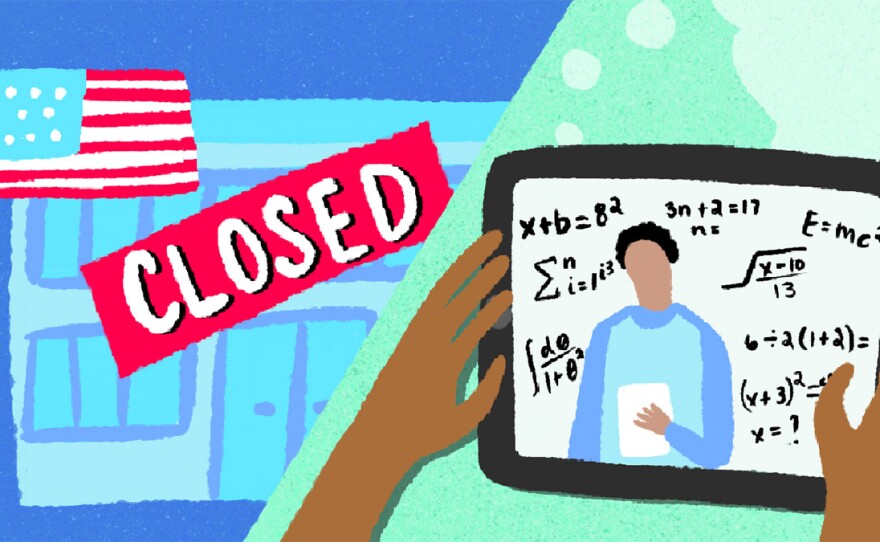Poway Unified School District staff spent Thursday morning passing out thousands of Google Chromebooks to students who don’t have computers at home. It’s a scene being played out across California as districts launch online learning programs.
But as districts hurry to begin an unprecedented transition to distance learning, experts worry that vulnerable student populations won’t get the state-mandated services they need.
“That lack of consistency often means students of color, low income students, and English Learners are the ones that are left with resources that are not comparable to other students,” said Elisha Smith Arrillaga, the director of The Education Trust-West.
More than half of San Diego County’s 500,000 students come from low-income families and qualify for free and reduced price meals. The county also has more than 100,000 English learners and over a thousand foster youth. About 16,000 are homeless.
California’s school districts receive additional funds to serve low-income students, English learners and foster children. But it is far from clear at this point how districts will fulfill their obligations to these student groups given the logistical challenges of distance learning.
“It’s hard to say what this will all mean for the students the law was designed to serve,” said Joe Bishop, the director of the Center for the Transformation of Schools at UCLA. “But I think it’s encouraging that the public discourse is being elevated around just how much schools do to serve students.”
Bishop said the pandemic has revealed not just how much public schools do for children but how under-resourced they were to begin with.
“The way in which our policies have been developed have largely ignored poverty and left schools alone to address the broader social inequities that exist,” he said. “School closures and COVID-19 have made it more challenging to get resources out to families.”
Considering the historical neglect of public schools, experts say that it’s not too early to start looking ahead towards the long-term impact of the mass school closures.
“They’re going to need to shift really quickly to developing plans for when schools are back in session and how to make sure we’re assessing learning loss and how to pick up with students to make sure we don’t widen gaps that were already there,” said Smith Arrillaga
But she is hopeful that the crisis will inspire innovation from both educators and policymakers.
“If we really make the right pivots at this moment, we can figure out how to provide equitable access across the state to broadband and ensure that English learners and students with disabilities can access technology,” she said. “Even though it’s a moment of great difficulty, it can mean big changes for the future.”






